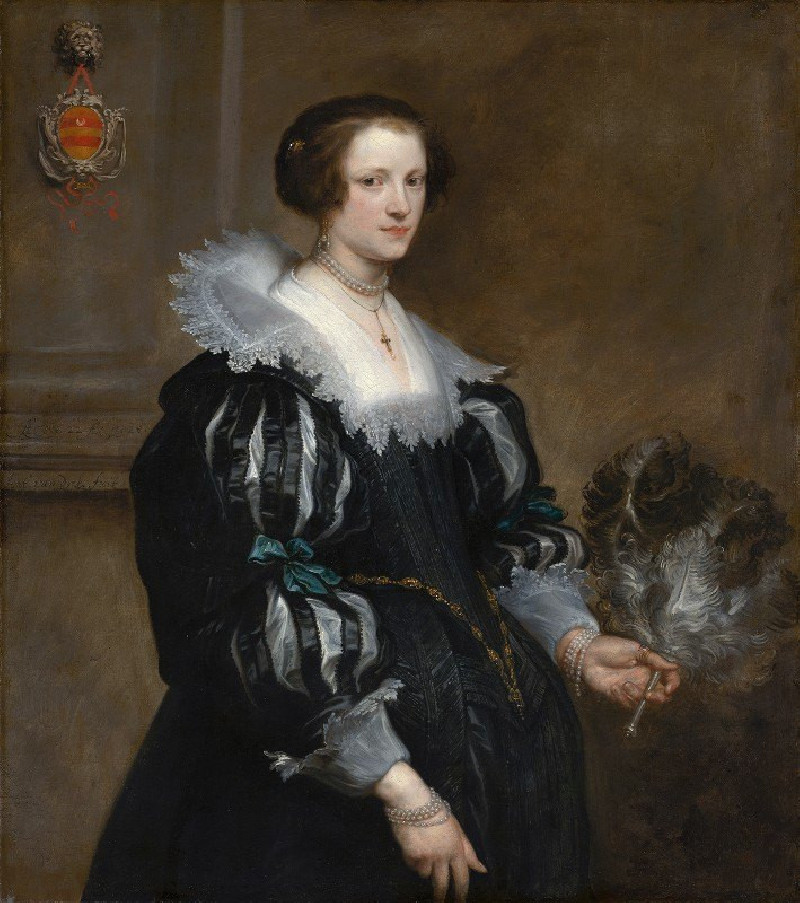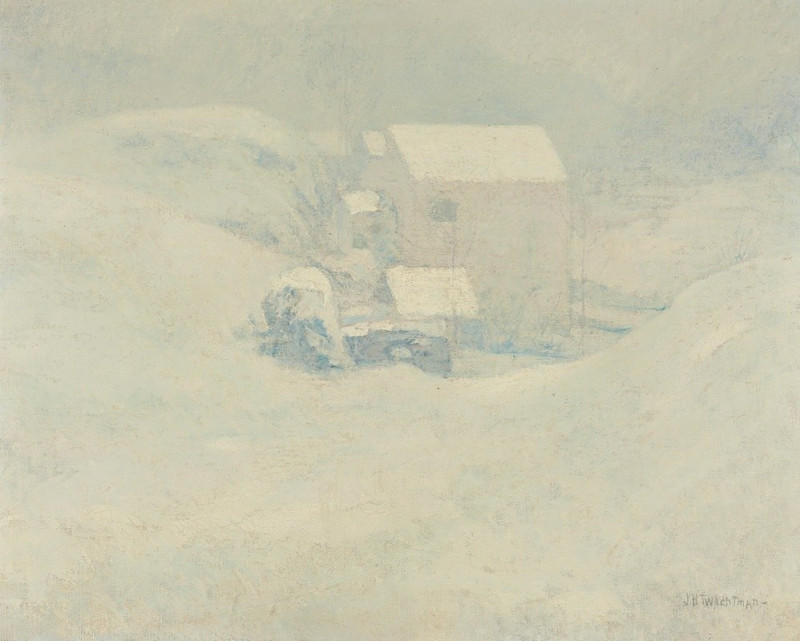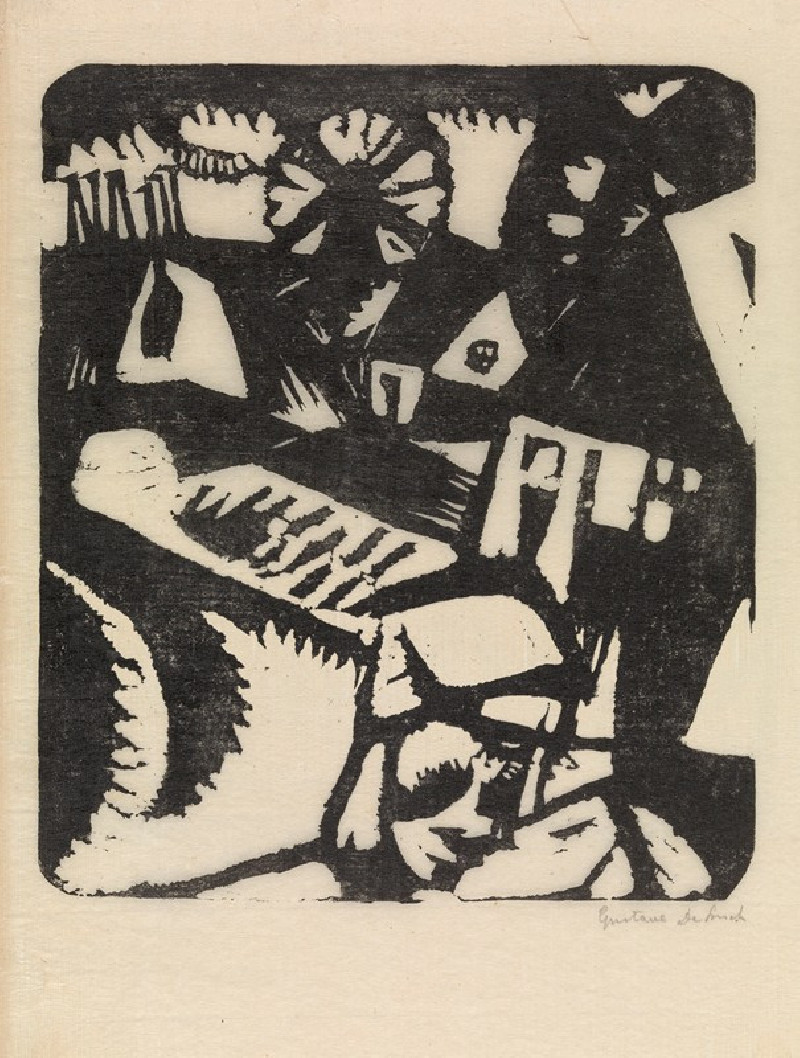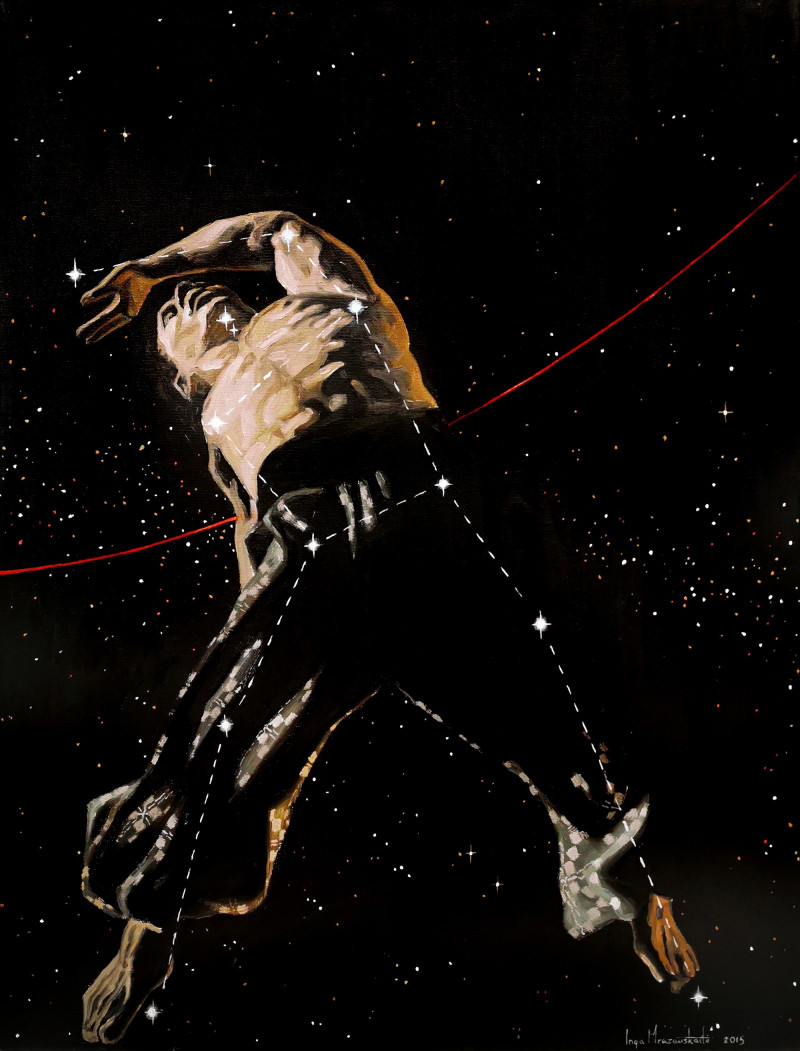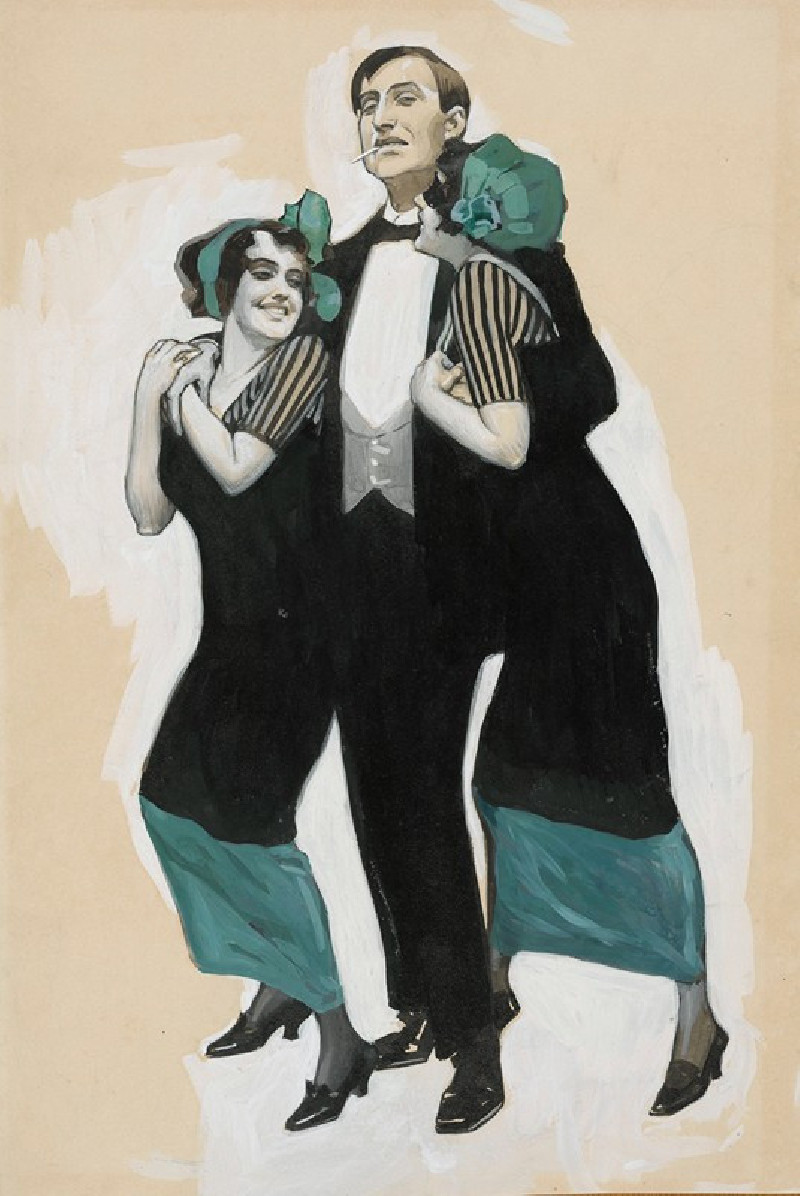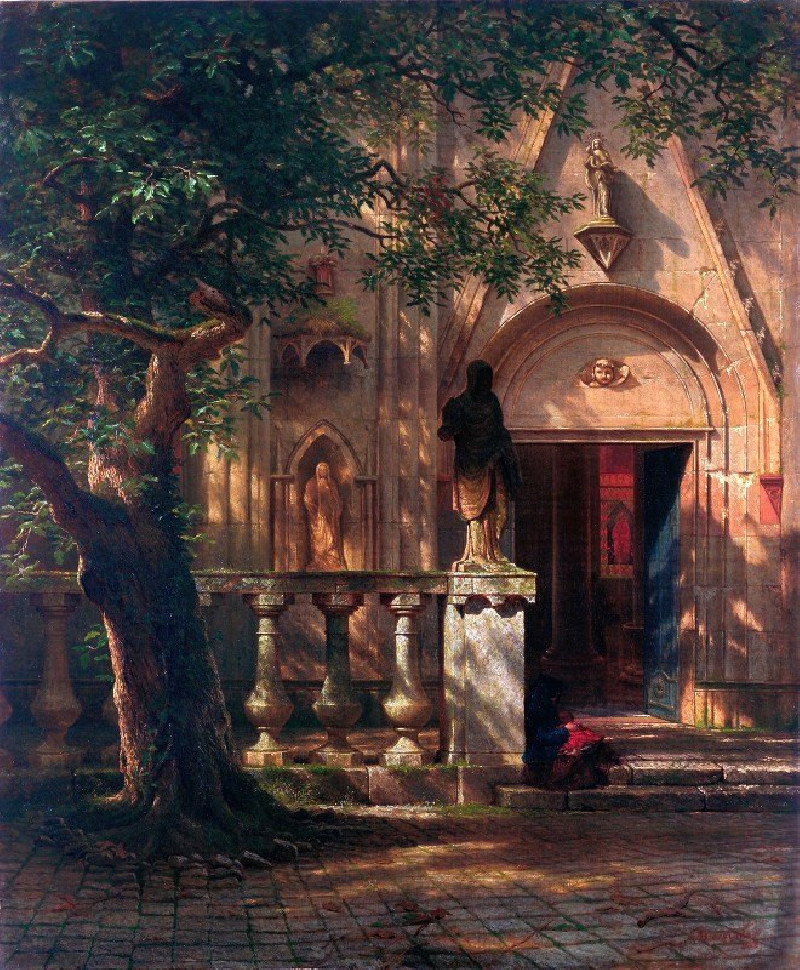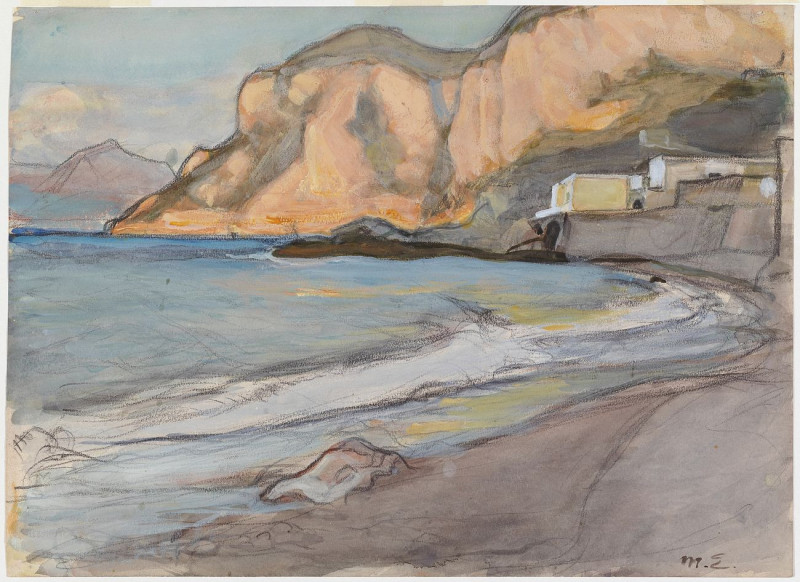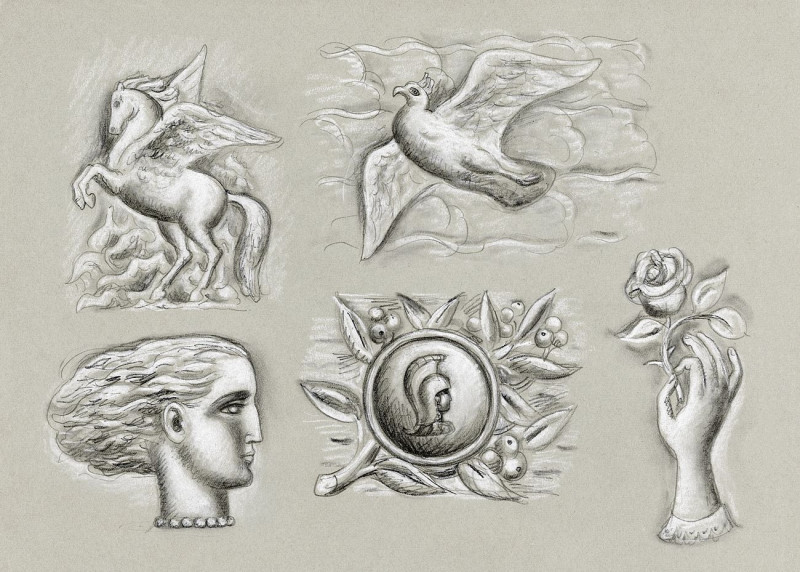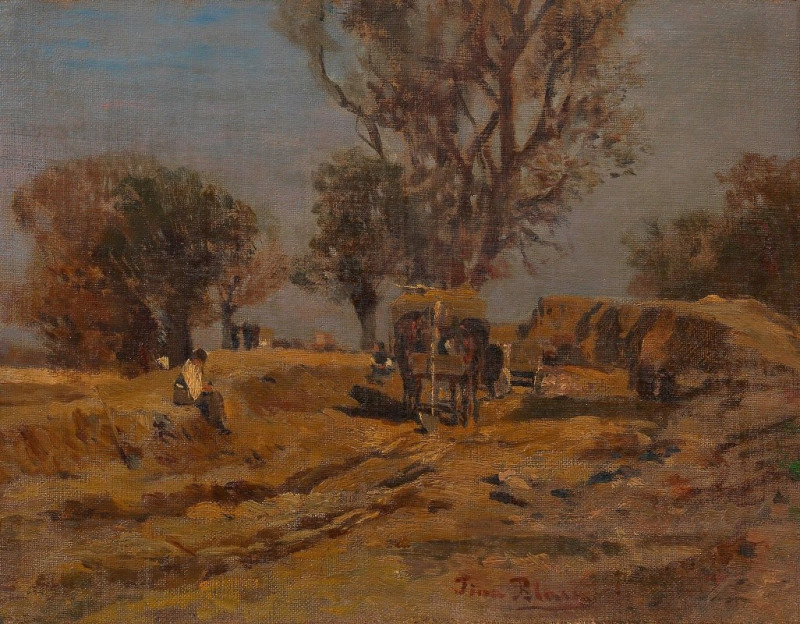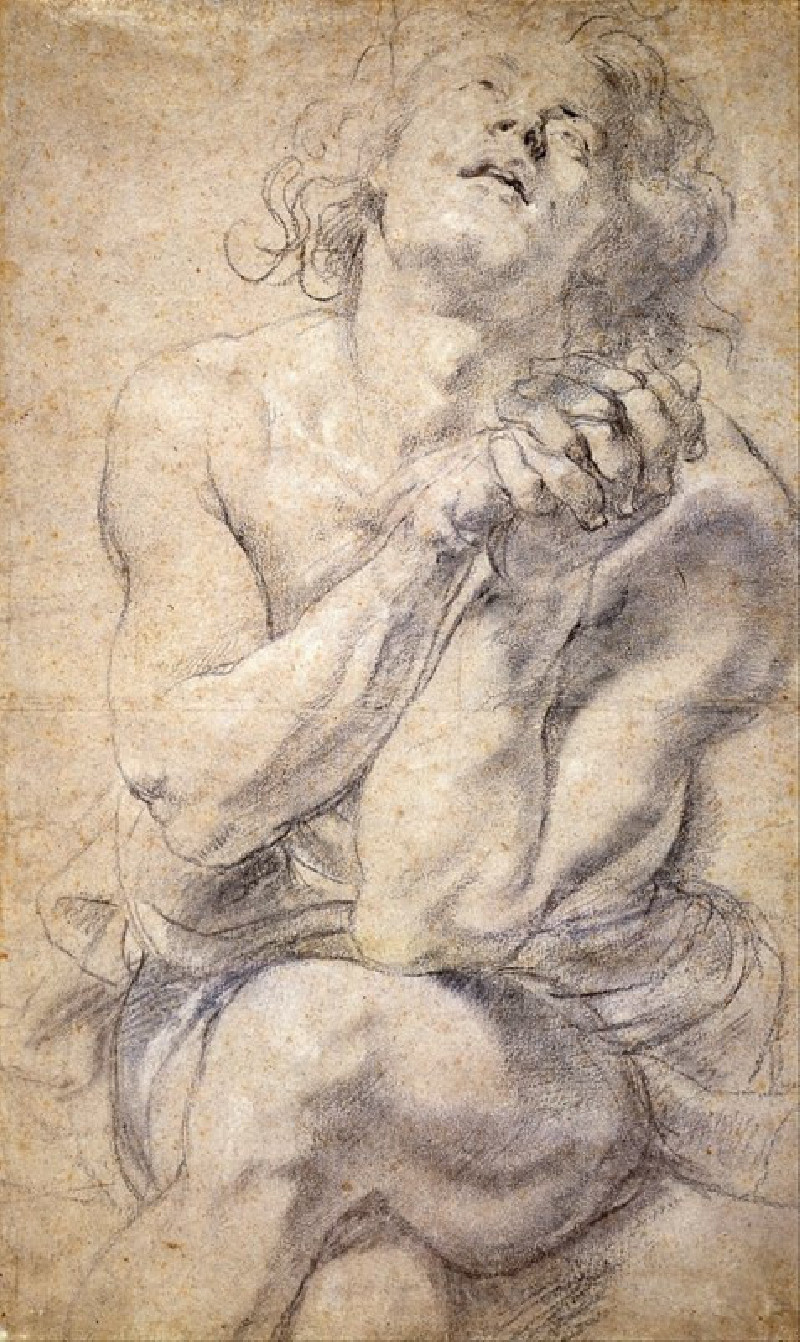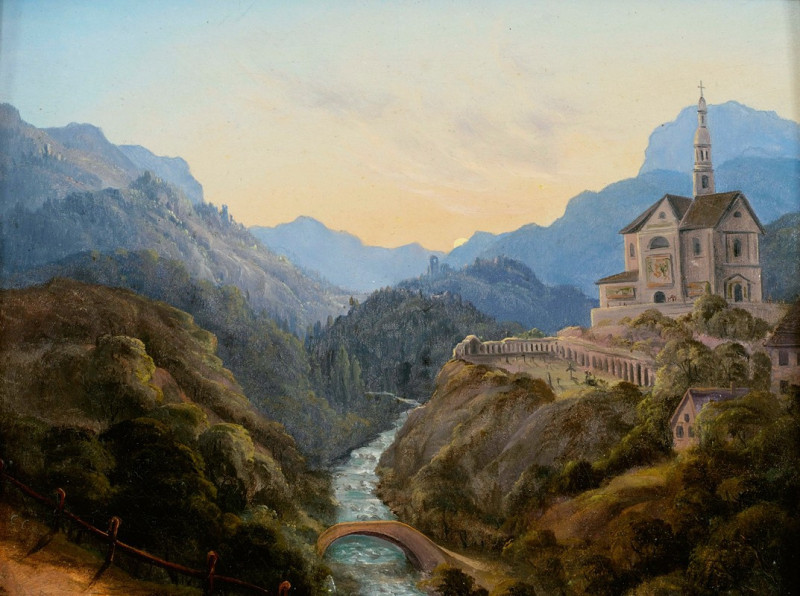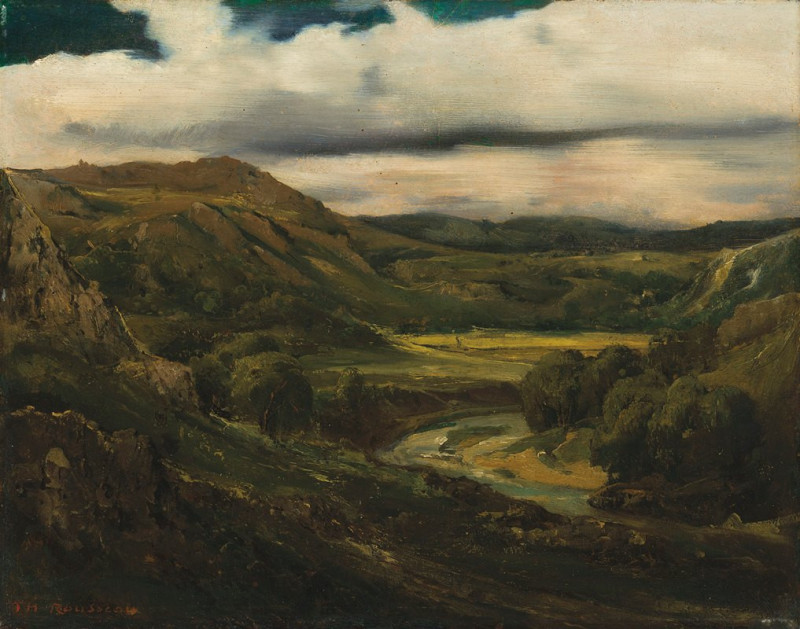Portrait of Anna Wake (1628)
Technique: Giclée quality print
Recommended by our customers
More about this artwork
The "Portrait of Anna Wake" by Anthony van Dyck, painted in 1628, is a stunning representation of Anna Wake, a notable figure in 17th-century European society. The painting encapsulates the elegance and status of its subject through detailed rendering and rich symbolism.In this portrait, Anna Wake is dressed in a sumptuous black gown with slashes of green ribbon, adding a touch of color and luxury to her attire. Her dress is adorned with gold chain accents and a wide lace collar that frames her face, showcasing her high social status. She holds a delicate ostrich feather fan in her right hand, a common symbol of wealth and social standing during the period.Anna’s expression is serene, with a subtle hint of confidence that draws the viewer into her composed demeanor. Her hair is pulled back simply, and she wears modest jewelry, including a pearl necklace and a cross pendant, which may indicate her religious devotion.Above Anna, the artist has included a coat of arms, which reinforces her identity and familial lineage. This heraldic emblem serves as a testament to her family's noble status and adds a deeper historical context to the artwork.Overall, Anthony van Dyck's portrait not only captures the physical likeness of Anna Wake but also vividly portrays the cultural and societal attributes associated with her character.
Delivery
Returns
Sir Anthony van Dyck (1599 – 1641) was a Flemish Baroque artist who became the leading court painter in England after success in the Spanish Netherlands and Italy.
The seventh child of Frans van Dyck, a wealthy Antwerp silk merchant, Anthony painted from an early age. He was successful as an independent painter in his late teens, and became a master in the Antwerp guild in 1618. By this time he was working in the studio of the leading northern painter of the day, Peter Paul Rubens, who became a major influence on his work.

